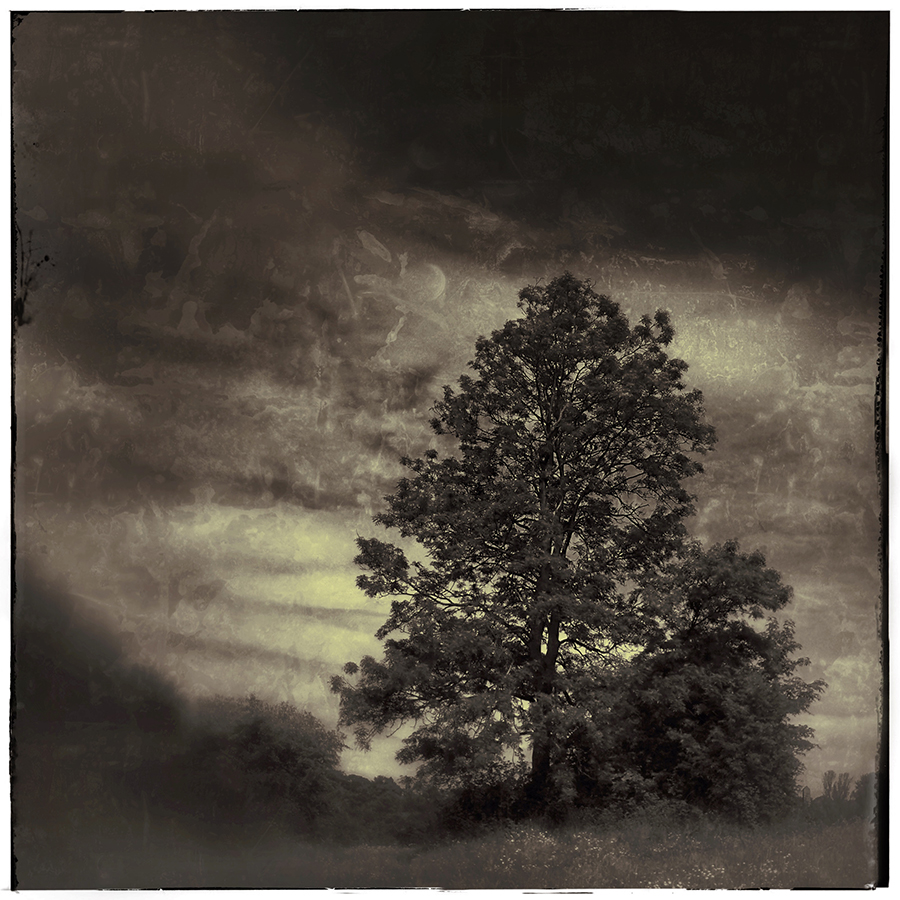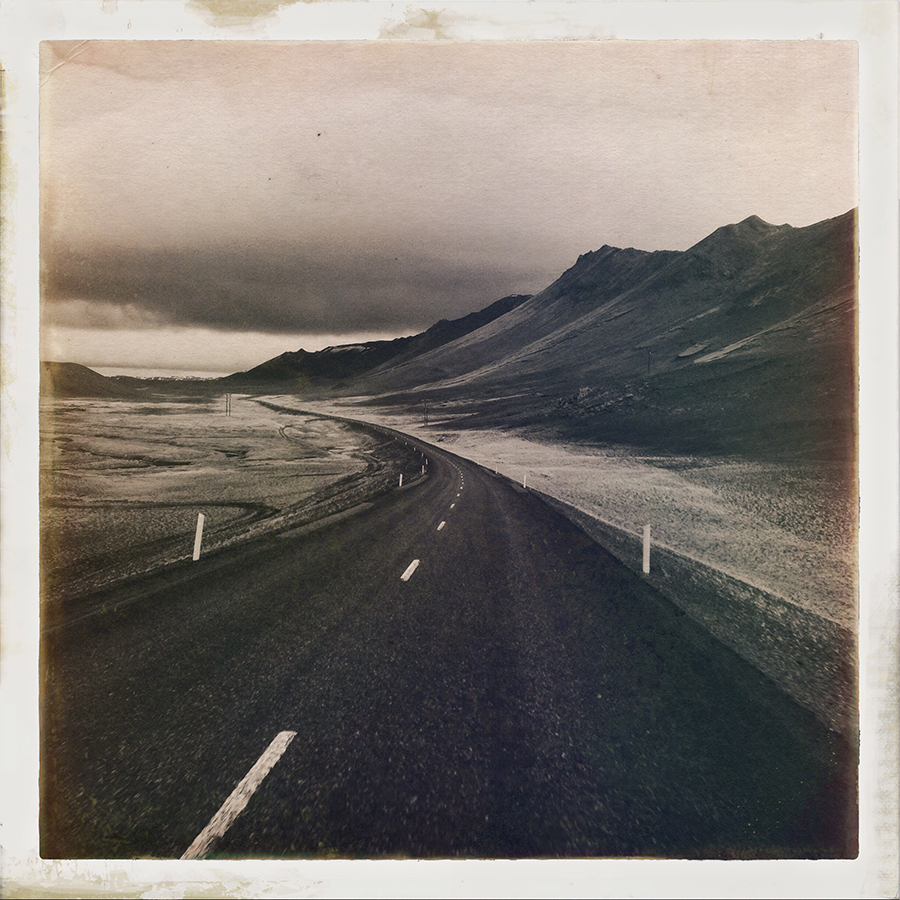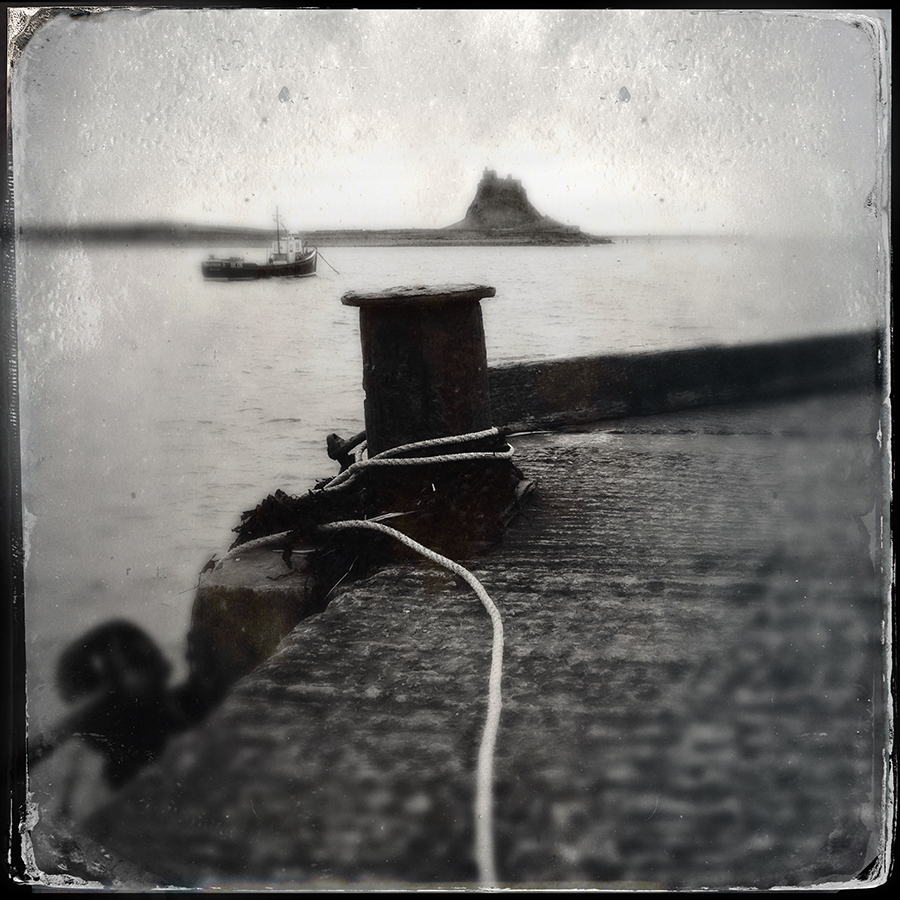Imperfect Impressions
 In a previous blog post ('Photograph With Feeling') I talked about my primary desire being to communicate mood & emotion rather than being overly concerned with technical perfection. Brooks Jensen in his book, 'Letting Go of the Camera' perfectly captures my philosophy in this quote - "not every picture needs to be tack sharp. Not every picture needs to have smooth tones. Not every picture needs to be absolutely grainless ............... in fact what is important is not detail in the image but detail in the sentiment". To be honest I find technically perfect images that lack mood both boring and sterile.
In a previous blog post ('Photograph With Feeling') I talked about my primary desire being to communicate mood & emotion rather than being overly concerned with technical perfection. Brooks Jensen in his book, 'Letting Go of the Camera' perfectly captures my philosophy in this quote - "not every picture needs to be tack sharp. Not every picture needs to have smooth tones. Not every picture needs to be absolutely grainless ............... in fact what is important is not detail in the image but detail in the sentiment". To be honest I find technically perfect images that lack mood both boring and sterile.
It's too easy for us photographers to get hung up on optical performance charts, pixel pitch & density, sensor size & resolution, shooting at optimum apertures to avoid diffraction issues etc etc. I meet people on my workshops who are obsessed by these things, sometimes to the point of not taking a shot unless they are totally convinced they've done all that they can to achieve perfection.
 Now don't get me wrong - if a shot needs to be technically perfect then I am the world's worst offender at worrying about the details of focus, depth of field, optical sharpness, exposure and precision in composition. But (and it is a big but) these things are not my driving force. I would much rather produce a technically inferior shot that evokes some emotional response from the viewer than a technical masterpiece that achieves no reaction from those who see it.
Now don't get me wrong - if a shot needs to be technically perfect then I am the world's worst offender at worrying about the details of focus, depth of field, optical sharpness, exposure and precision in composition. But (and it is a big but) these things are not my driving force. I would much rather produce a technically inferior shot that evokes some emotional response from the viewer than a technical masterpiece that achieves no reaction from those who see it.
If you want to see some of the best examples of photographs that are less about technical excellence and much more about achieving impact, provoking thought and communicating an idea or concept then check out the work of American photographer, Susan Burnstine (http://www.susanburnstine.com/). Susan makes her cameras out of household objects, bits of plastic, vintage camera parts using single element lenses molded from plastic & rubber. Shes uses her experience, intuition and instinct to make powerful images not thousands of pounds of expensive equipment. I find her work moving and captivating but technically perfect it's not (and is all the stronger as a result). For she is making art, not trying to achieve a realistic and accurate record of what exists in front of her camera.
In his 2003 BBC Reith Lecture, 'The Artful Brain', Professor Ramachandran said "... art has nothing to do with realism. It's not about creating a realistic replica of what's out there in the world. In fact art is about the exact opposite. It's about deliberate hyperbole, exaggeration, in fact even distortion in order to create pleasing effects in the brain".


